How to Skim Coat Drywall?
scrollo
17 years ago
Related Stories

HOUSEKEEPINGQuick Fix: How to Patch a Drywall Hole
Dents and dings disappear, leaving your walls looking brand new, with this fix that even a novice can do
Full Story
MATERIALSRaw Materials Revealed: Drywall Basics
Learn about the different sizes and types of this construction material for walls, plus which kinds work best for which rooms
Full Story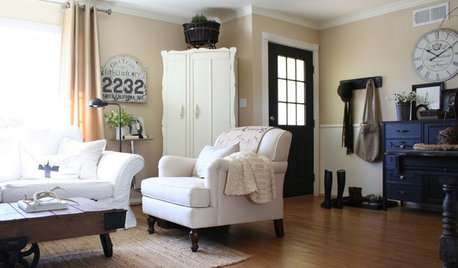
ENTRYWAYSHow to Make the Most of Your Entry (No Coat Closet Required)
A well-designed foyer offers storage, seating and other features to help you get out the door on time and looking good
Full Story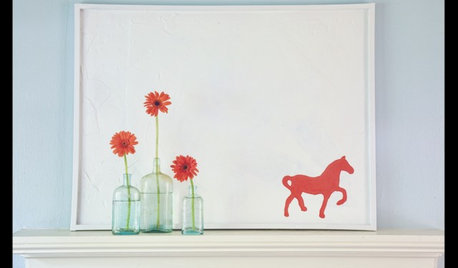
CRAFTSDIY Project: Home Improvement Store Pop Art
Turn Drywall Mud and Paint Into a Minimalist Conversation Piece
Full Story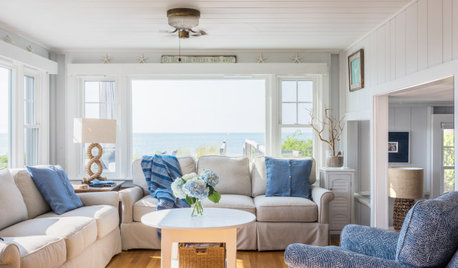
WHITEWhat to Know Before You Paint Your Walls White
A coat of white paint can do wonders in one room and wreak havoc in another. Here are tips for using the popular hue
Full Story
DECORATING GUIDESLook Up and Dream: 11 Ideas for an Inspired Ceiling
Think beyond the standard coat of paint, and make your ceiling pop with unexpected materials and glamorous finishes
Full Story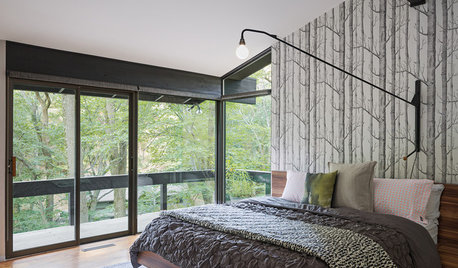
GREAT HOME PROJECTSHow to Get New Wallpaper and Wallcoverings
Learn about the inventive treatments available today, where to use them and how to find expert installers
Full Story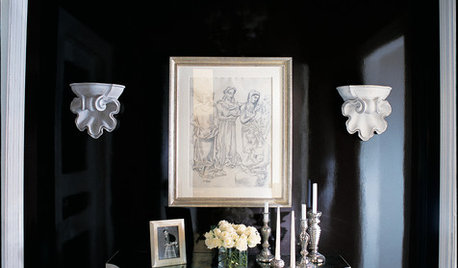
DECORATING GUIDESLacquered Walls Rise and Shine
Gleaming and glamorous, lacquered walls add irresistible polish, light and energy to interior designs
Full StoryMore Discussions






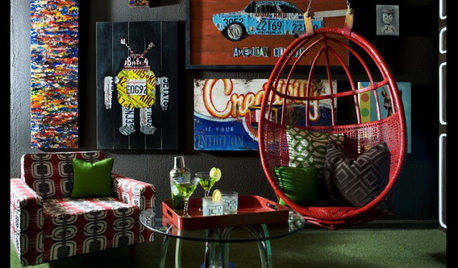
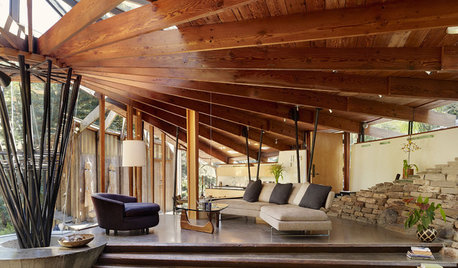

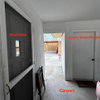
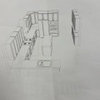

missn427
gardenspice
Related Professionals
Northbrook Kitchen & Bathroom Designers · Saint Charles Kitchen & Bathroom Designers · South Farmingdale Kitchen & Bathroom Designers · Bloomingdale Kitchen & Bathroom Remodelers · Niles Kitchen & Bathroom Remodelers · Sicklerville Kitchen & Bathroom Remodelers · Warren Kitchen & Bathroom Remodelers · Wilson Kitchen & Bathroom Remodelers · Morton Grove Interior Designers & Decorators · Arizona City General Contractors · Brownsville General Contractors · Groveton General Contractors · New Carrollton General Contractors · North Lauderdale General Contractors · Rolling Hills Estates General Contractorsbrickeyee
tudi66
brickeyee
tudi66
brickeyee
tudi66
scrolloOriginal Author
brickeyee
tudi66
puffer1
willowglener
brickeyee